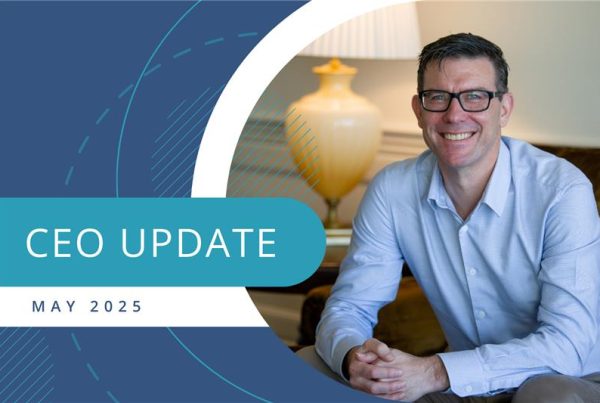
“When can I expect to get my money back?”
This is a common question we hear in discussion of the HOPE investment opportunity, and is generally followed closely by “Don’t people typically hold their properties for 40 years?”
To answer these two questions, HOPE turned to real world property data, sourced from the NSW State Valuer General database, to understand how homeowners have behaved historically when it comes to buying and selling homes. By creating simulated property portfolios over two distinct 10-year periods, with different market characteristics (bullish and bearish), we were able to track the lifecycle of individual properties and generate insights into sales behaviour that can help inform the liquidity outlook of our current fund.
Key Findings
1. Majority of homes sold before 40Y mark
Consistent across both bullish and bearish market cycles, approximately 40% of properties sold within the first 10 years of ownership. A further 16% of the portfolio holdings were sold in the subsequent ten years.
2. Consistent cash distribution (6% to 8%)
The portfolio sales turnover consistently ensured regular cash distributions to investors across both bullish and bearish conditions. The average annual return of capital was consistent over both market cycles; 5.4% over 2003-2013 (bearish period) and 4.8% over 2012-2022 (bullish period).
Market-specific conditions play a pivotal role here. During 2003-2013, the portfolio achieved a distribution on capital of around 1.2% over the decade. This return increased to 4.0% during the bullish phase of 2012-2022. Considering these two components (return of capital and return on capital), the portfolio consistently ensured regular cash distributions to investors across both periods. Assuming a portfolio starting value of $100 million, there was an average annual cash distribution of $6 million in the 2003-2013 phase and $8 million during 2012-2022. This showcases the portfolio’s commendable capability to distribute, on average, 6-8% of its value in cash every year.
You can download and access the full analysis here.





